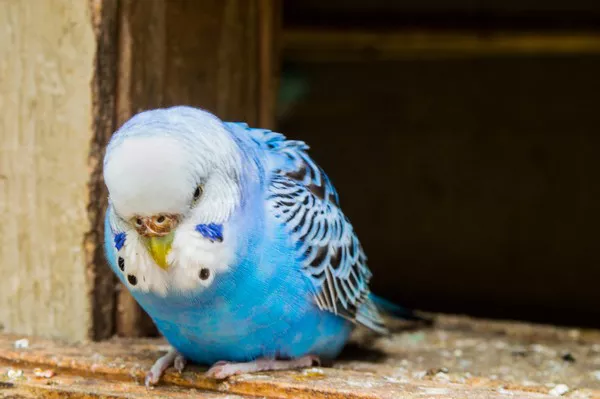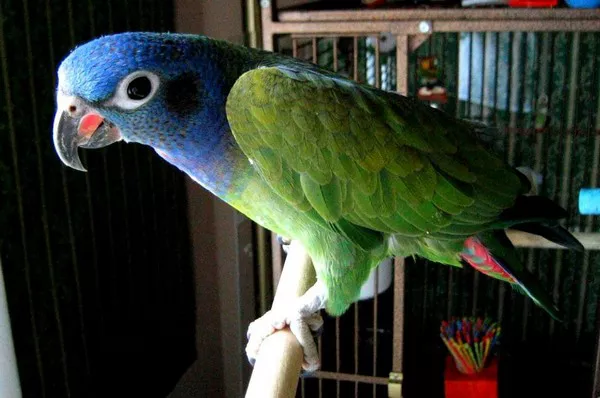Betta fish, scientifically known as Betta splendens, are popular pets due to their vibrant colors, unique personalities, and relatively straightforward care requirements. When breeding bettas, one crucial aspect to consider is the care of their fry (young fish). A common question among new betta breeders is whether betta fry need light. This article will delve into the needs of betta fry regarding light exposure, exploring its benefits, potential drawbacks, and best practices for ensuring healthy development.
Understanding Betta Fry
Before addressing the light requirements of betta fry, it’s essential to understand their life cycle. Betta fry are born from eggs, which are laid by the female and fertilized by the male. After about 24-36 hours, the eggs hatch, and the fry emerge. At this stage, they are extremely tiny and dependent on their surroundings. They will initially rely on their yolk sacs for nutrition before they can start consuming external food.
Development Stages of Betta Fry
Hatching (Day 0-1): After hatching, fry are still attached to their yolk sacs and float near the surface of the water. This is a critical period where they rely entirely on the yolk for sustenance.
Swim-Up Stage (Day 2-3): The fry will start to become free-swimming and will seek food. At this point, they can begin to take in small food particles.
Growth Phase (Weeks 1-3): Over the next few weeks, betta fry grow rapidly. They require frequent feeding and optimal conditions to thrive.
Juvenile Stage (Weeks 4-8): As they mature, their colors will start to develop, and they become more active. At this stage, they can be separated based on sex to prevent aggressive behavior.
The Role of Light in Aquatic Environments
Light plays a fundamental role in aquatic ecosystems. It influences various factors, including plant growth, behavior, and physiological processes. For betta fry, light can impact their growth and development in several ways:
Biological Rhythms: Light exposure helps regulate the circadian rhythms of fish, which are essential for their overall health.
Plant Growth: If you’re raising fry in a planted tank, adequate light is necessary for plant growth, which in turn provides oxygen and habitat for fry.
Feeding Behavior: Light can influence feeding patterns, as fish often feel more secure and active in well-lit environments.
Temperature Regulation: Light sources, particularly those that emit heat, can also affect water temperature, an essential factor for fry health.
Do Betta Fry Need Light?
While it is evident that light has several benefits, the question remains: do betta fry need light specifically? The short answer is yes, but with nuances. Here’s a deeper look into the requirements and considerations.
The Necessity of Light for Betta Fry
Visual Development: Fry need light to develop their eyesight. In low-light conditions, their ability to see food diminishes, which can hinder their growth and development.
Behavioral Patterns: Light helps establish a day-night cycle, promoting natural behaviors like feeding, resting, and social interactions.
Encouraging Plant Growth: If fry are raised in a planted tank, proper lighting is essential for plants to photosynthesize, which contributes to a healthier environment.
Optimal Light Conditions for Betta Fry
When it comes to the intensity and duration of light exposure for betta fry, several factors should be considered:
Intensity: Fry do not require intense lighting. A moderate light intensity is sufficient, as excessive light can cause stress and disrupt their natural behaviors.
Duration: A light cycle of 12-14 hours per day is generally recommended. This mimics natural conditions and supports healthy development.
Type of Light: LED lights or fluorescent lights designed for aquariums are ideal. They provide adequate brightness without excessive heat, which can raise water temperatures.
See Also: Can Red Cherry Shrimp Live with Bettas?
Gradual Introduction: If the fry are initially kept in dim conditions, gradually increasing the light exposure helps them adapt without causing shock.
Potential Risks of Excessive Light
While light is beneficial for betta fry, excessive exposure can lead to several issues:
Stress: Bright lights can be stressful for fry, especially in the early stages of development. Signs of stress include erratic swimming and reduced feeding.
Algae Growth: Excessive light can promote algae growth in the tank, which can compete with fry for oxygen and nutrients.
Temperature Fluctuations: Bright lights can heat the water excessively, leading to temperature spikes that can be harmful to delicate fry.
Best Practices for Lighting Betta Fry Tanks
To ensure that your betta fry thrive under the right lighting conditions, consider the following best practices:
Use Adjustable Lighting
Select a lighting system that allows for easy adjustments in intensity. This flexibility lets you tailor the lighting to the specific needs of your fry as they grow.
Implement a Timer
Utilizing a timer can help maintain a consistent light cycle, preventing overexposure and ensuring the fry have a regular day-night schedule.
Monitor Water Temperature
Keep an eye on the water temperature, especially if using lights that generate heat. Ideally, the temperature should be maintained between 78°F and 80°F (25°C – 27°C).
Provide Hiding Spaces
Create areas in the tank where fry can retreat if the light becomes too intense. Plants, decorations, or floating materials can offer shelter and reduce stress.
Observe Fry Behavior
Regularly monitor the behavior of the fry. If you notice signs of stress or lethargy, consider adjusting the lighting conditions.
Conclusion
In conclusion, while betta fry do need light for optimal growth and development, it’s essential to provide the right kind of light in suitable amounts. Moderation is key; too little light can hinder their visual development and feeding, while too much can cause stress and health issues. By following best practices for lighting, breeders can create a conducive environment for betta fry to flourish.
Caring for betta fry can be a rewarding experience, and understanding their lighting needs is a crucial aspect of fostering their growth. As you embark on your breeding journey, remember to observe and adapt to the needs of your fry to ensure a thriving aquatic community.
Related Topics:

























